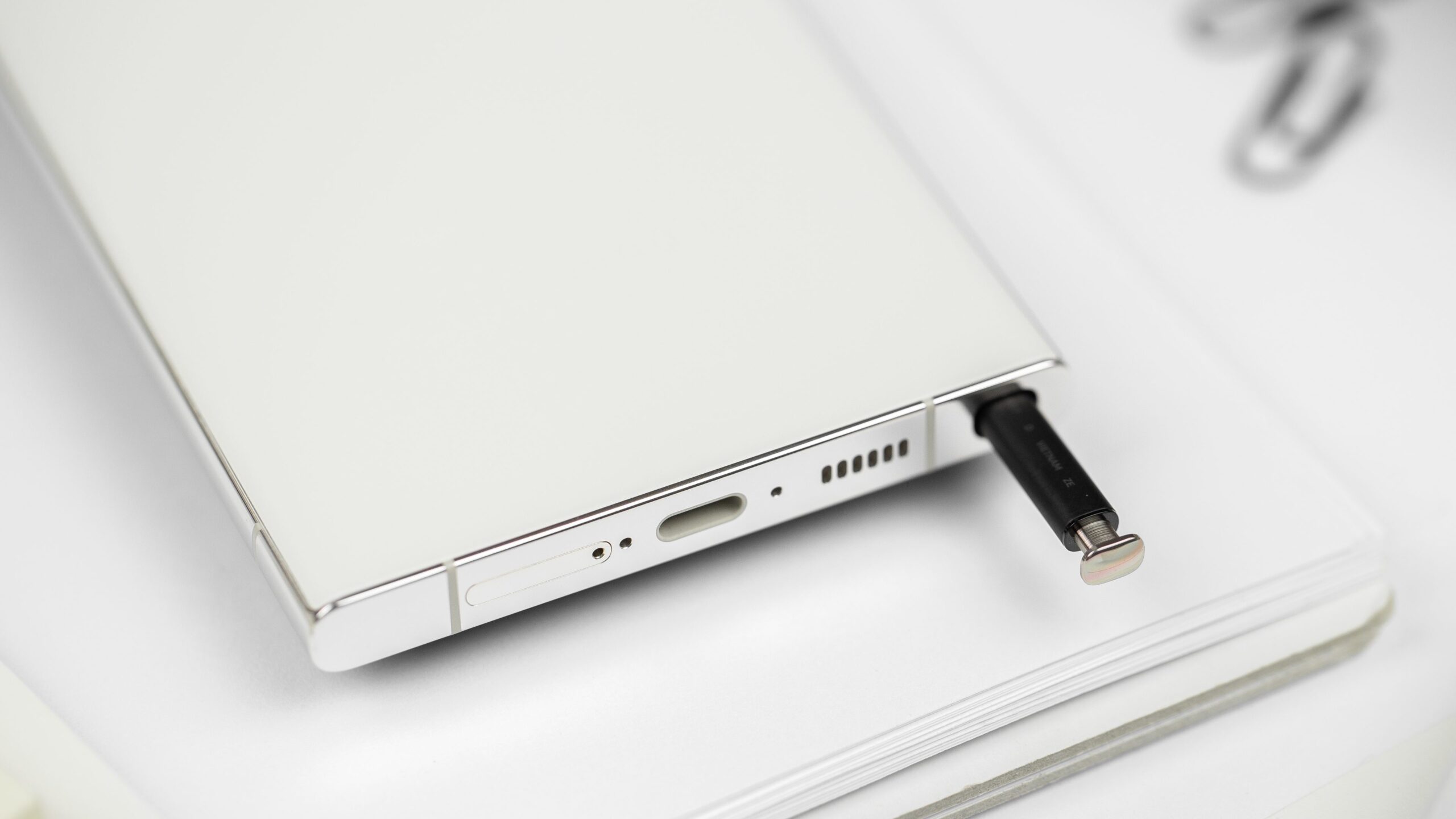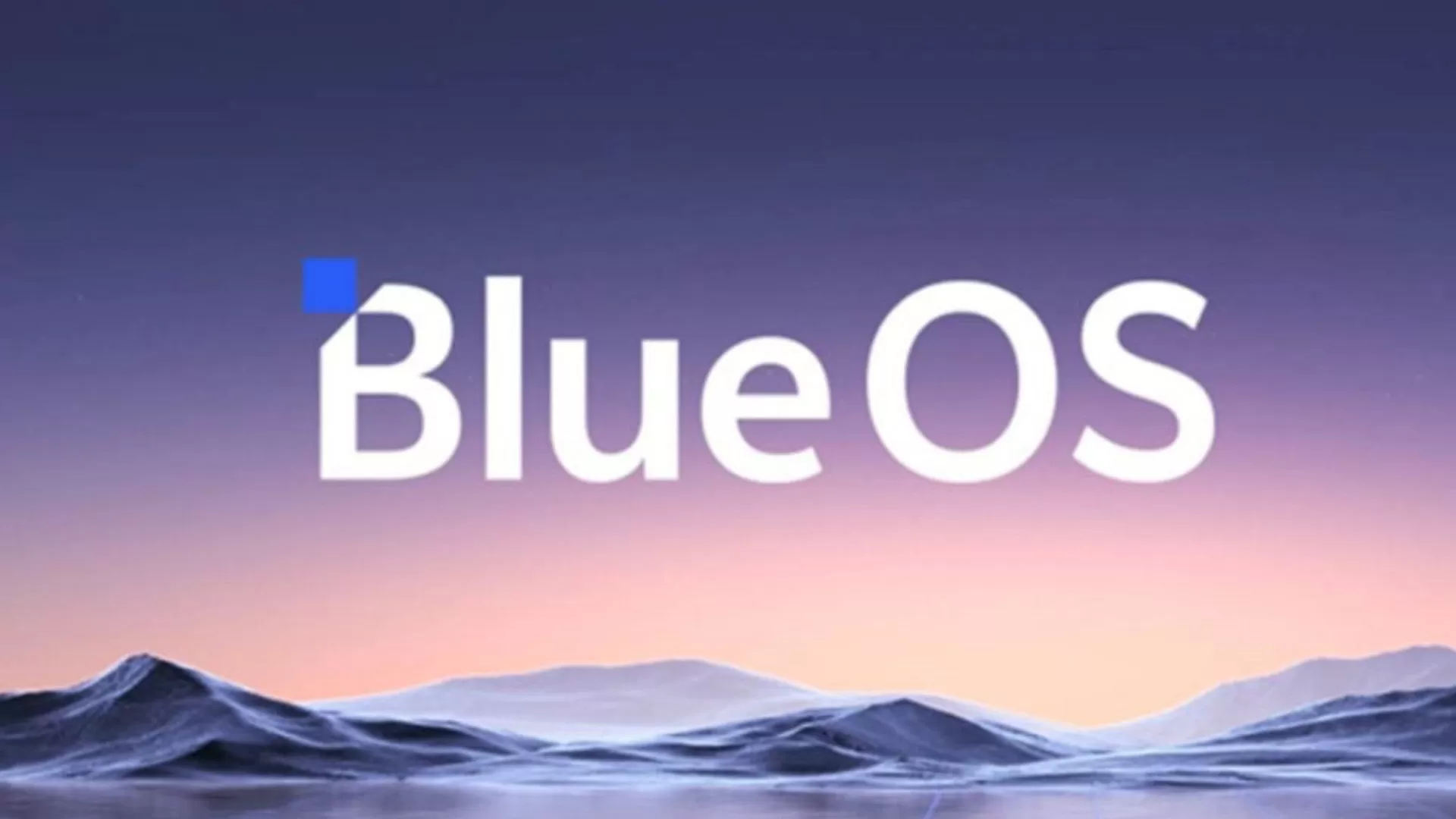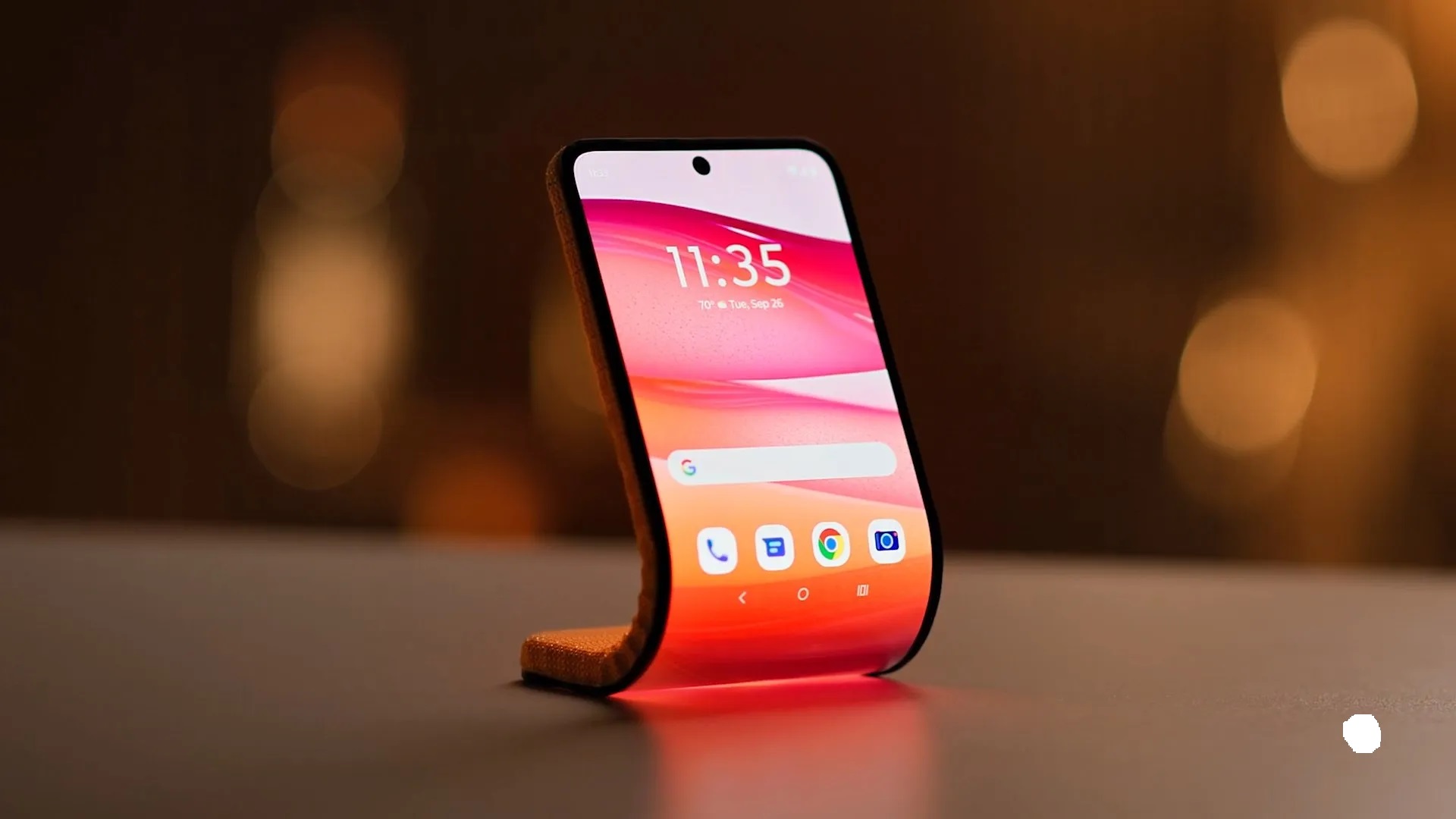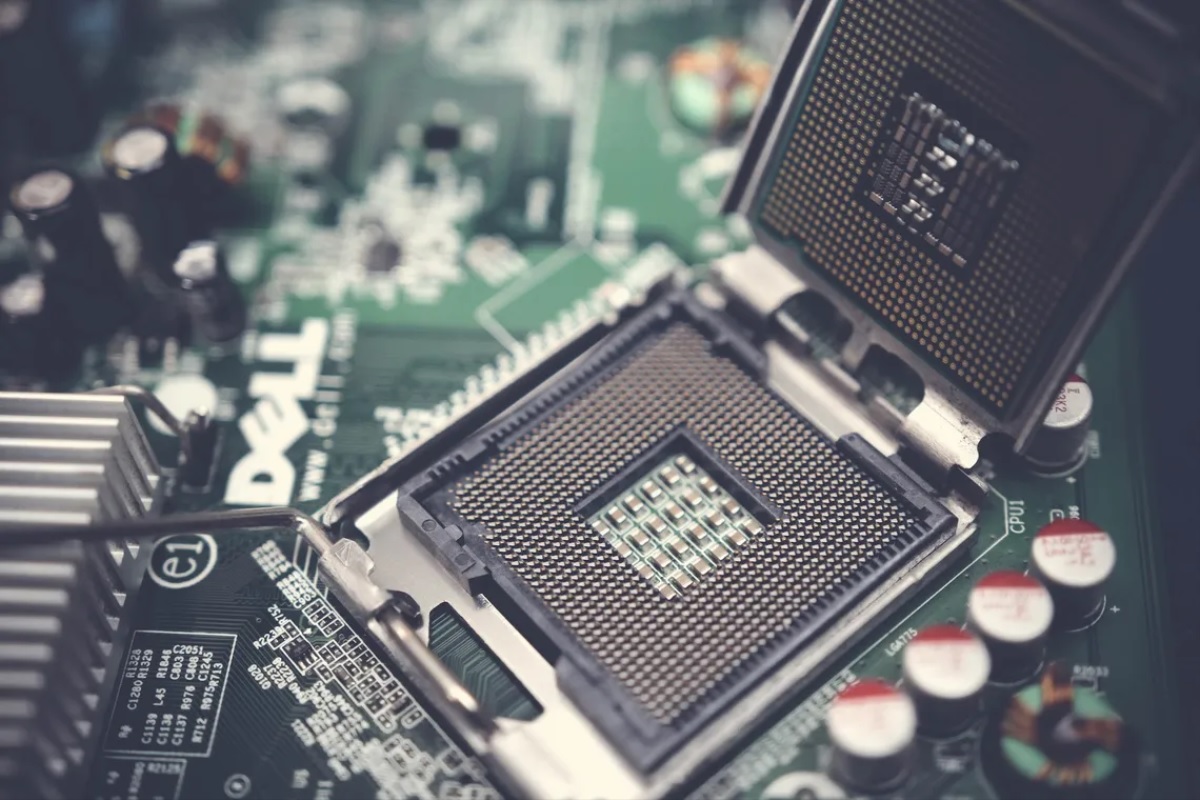Samsung, the well-known tech company, has come up with a fantastic gaming monitor, the Odyssey OLED G9. It’s one of the best monitors you can get for gaming, and it has some surprising features. This monitor is huge, measuring 49 inches diagonally. It’s like having two 27-inch monitors side by side. At first, I thought it might be too big and impractical, but after spending time with it, I was blown away by its productivity and gaming abilities. It’s hard to go back to a regular ultrawide monitor after using this.
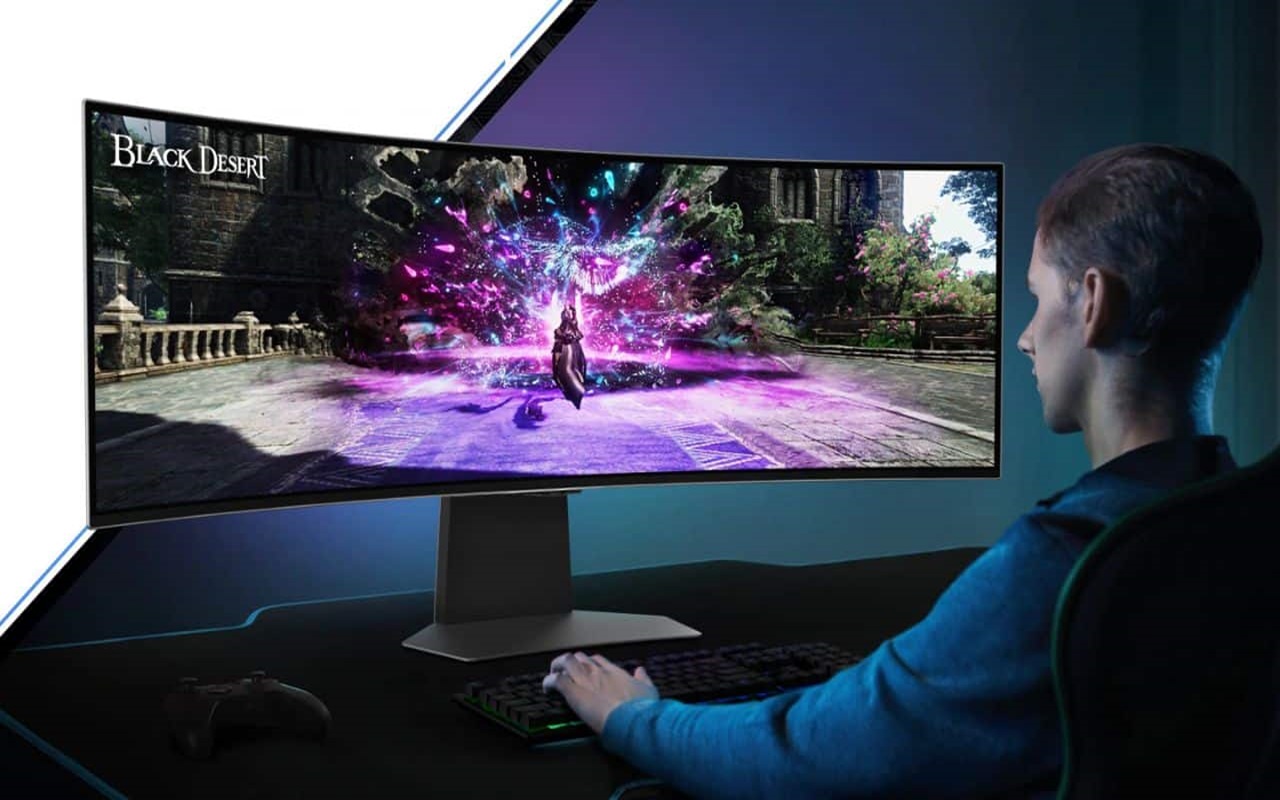
The design of the Odyssey OLED G9 is impressive. It’s a metal design with a sleek silver frame. The previous version had a bulky plastic back, but this one is much more manageable on a desk, thanks to the slim frame and a slight curve. One cool feature is the CoreSync ring, which has RGB lighting around the stand. It adds a nice touch, especially in dark rooms, but it’s not very bright, so you won’t notice it much in well-lit spaces.
The monitor comes with a sturdy metal stand, but it doesn’t offer a lot of adjustment options. You can change the height a bit and tilt it slightly, but that’s about it. However, Samsung includes a VESA adapter, which lets you mount the monitor for more flexibility.
The Odyssey OLED G9 has all the right ports for your devices. It has full-size HDMI and DisplayPort ports, which is great because it means you don’t need special cables. It also has a Micro HDMI port. The only downside is that it has three USB-C ports, which might not be ideal since most peripherals still use USB-A.
Now, let’s talk about the most important thing: the screen quality. The Odyssey OLED G9 delivers an amazing image with fantastic color coverage and accuracy. In SDR mode, it covers 100% of sRGB, 98% of DCI-P3, and 95% of AdobeRGB, which are some of the highest numbers you can find. The color error is low, making it great for color work.
It’s also a great gaming monitor in terms of performance. It has a 240Hz display with low response times, which makes games incredibly responsive. It also supports variable refresh rates with FreeSync Premium Pro, no matter what graphics card you have.
However, keep in mind that this monitor demands a lot from your PC because of its high resolution. It’s almost as demanding as 4K, so you’ll need a powerful PC to make the most of it.
However, with some effort, you can make the most of the 32:9 aspect ratio. Samsung Multi View allows you to split the screen to show different sources. This is especially useful for streaming while gaming, as you can have your game on one side and your stream information on the other.
The monitor also runs on Samsung’s Tizen OS, which means you can access streaming apps and more. You can even connect a controller or a keyboard and mouse via Bluetooth. It’s a versatile monitor that goes beyond just gaming.

